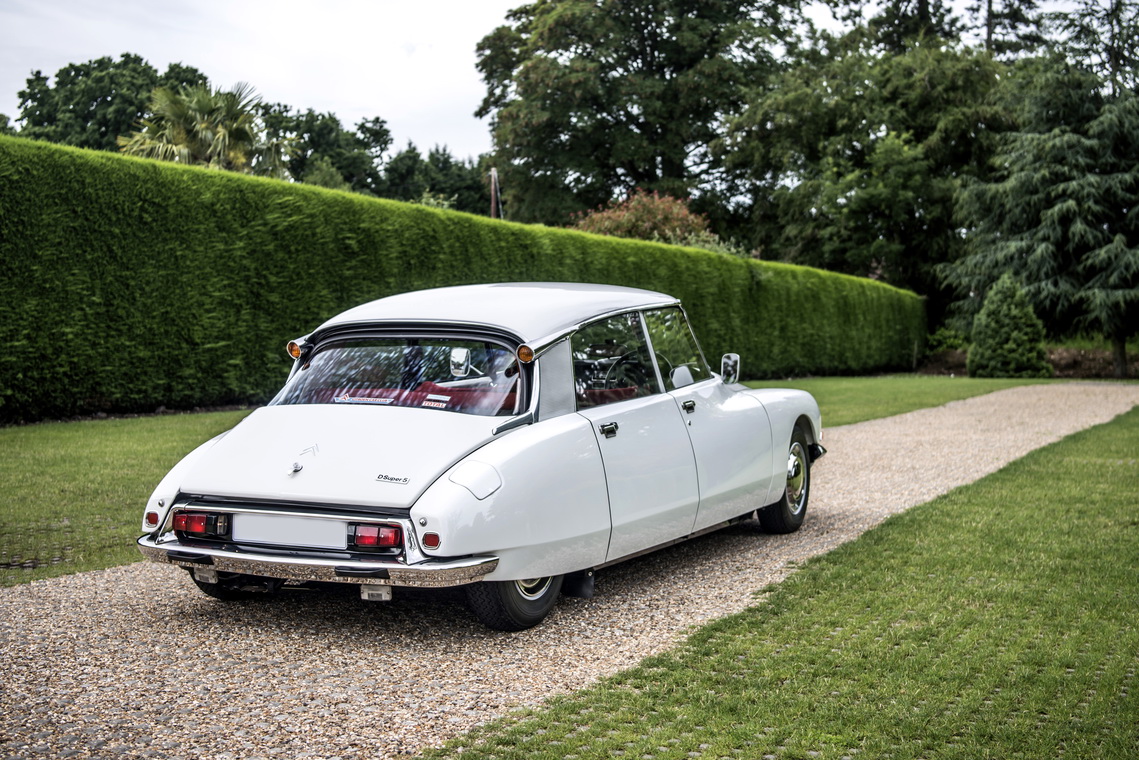Though the exact timeframe will vary depending on your location, it’s safe to assume that within the next 20 years it will be seriously difficult to buy a combustion powered car for road use in the developed world, bringing an end to a 150-year long tradition. But of those years, or of the eras contained within those years, which generation of cars introduced the most radical change?
Ferrari likes to say that its greatest car is the one it will make next. And it still has a few years left to wow with its combustion wizardry, while simultaneously introducing us to the EVs that will take the place of its ICE machines. And no doubt those next Ferraris, much like those of the more humble brands we can actually afford to buy in the years leading up to 2035, will be faster, safer, more economical, more comfortable and more relaxing to drive than the cars currently available to us.
Given that plenty of fairly ordinary family cars can go, stop and steer by themselves, and deliver the kind of performance only on the menu to supercar owners a few decades ago, that’s pretty incredible. It’s already easy to make a case for the cars built in the last decade advancing the genus more than any other.
But while our current cars are obviously more advanced in absolute terms than those that went before them, didn’t those older cars also make huge leaps over their own predecessors? Try churning out the 24,000 cars Toyota builds each day without the mass production process introduced by Henry Ford, for instance.
Related: There Might Be Safety Features On Your Car That You Don’t Even Know About
And try telling someone who grew up driving cars in the 1920s and 1930s that the first all-new post war designs of the late 1940s and early 1950s with their smooth bodywork, integrated fenders, hydraulic brakes, push-button starters, in-car radios, and available automatic transmissions and air conditioners weren’t wheeled space-ships, and they’d think you were mad.
If you’re an American who lived through the late 1950s and 1960s and watched first hand as cars went from making 150 hp (152 PS) to three times that, slashing quarter miles times from almost 20 seconds to 13-dead, you might argue that vehicles on your watch made a gigantic leap forward, if only in a narrow area.
Or perhaps you think the 1980s and 1990s was a period of peak inventiveness. American cars got their act together after years in the doldrums, anti-lock brakes and airbags revolutionized safety, and front- and all-wheel drive formats allowed even average drivers to enjoy the titanic performance of cars like the Porsche 959 and Nissan Skyline GT-R without scaring the hell out of themselves. Or at least not much.
What era do you think advanced the art of the automobile the most, and what is the single greatest technological advance we’ve seen in almost 140 years of the car? Leave a comment and let us know.





